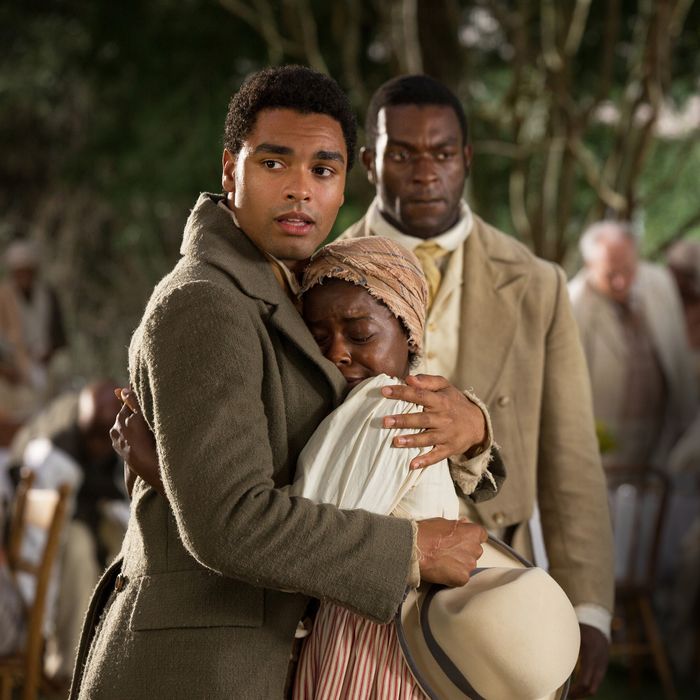
The journey is difficult for him and he struggles to keep up, but earns the respect of his father and gets to meet his extended family. Usually boys as young as Kunta, in the second kafo, would not go on a journey like this with their fathers. Soon after Kunta has begun taking more responsibility for Lamin, his father invites him to go on a journey to a village several days away, where Omoro’s half-brothers Janneh and Saloum have started a new village that will be named after the Kinte family. Nyo Boto, an old and respected elderly woman in the village, was in fact a slave. Only criminals are beaten by their masters, and slavery is not usually a source of shame. In The Gambia, people are taken as slaves in village raids, to pay off debts, or because they are criminals. Kunta and Lamin learn that slavery means different things in different cultures. Slavery has been on the minds of everyone in the village, because “toubob” – white people – have been in The Gambia stealing people for slaves with the help of black African accomplices. Many questions have difficult answers, like when Lamin asks Kunta what a slave is. He answers Lamin’s questions about the world and lets him join Kunta and his friends in their chores.

Kunta begins to develop a special relationship with his second brother Lamin when his mother becomes pregnant again. Kafo groups move through life stages together: playing naked and carefree as children while helping to farm a little going to school, herding goats, and policing behavior in the second kafo and going through manhood rituals and becoming the village guards in the third kafo. The young people of the village are divided into kafo groups, which contain all the children in five-year increments. Men pay a dowry in goats and cows to a girl’s family when they marry her. Men marry around age 30 and girls around age 14. Men live in their own huts from the third kafo (age 11-15) onward, and women live in huts with their children. Men are the heads of families and their wives are subservient to them. The village largely lives harvest to harvest, engaged most of the time in difficult farming work but taking time to relax at the annual harvest festival. They survive by the cycle of the rains, which bring fertility to the land but also famine and illness when they do not come. Kunta’s father Omoro takes seven days to select his son’s name, as is the custom, and chooses to name him after Omoro’s father and Kunta’s grandfather, Kairaba Kunta Kinte, whose family was long ago from Mali, and who came to Juffure from Mauretania and saved the village from a famine.Īs Kunta grows up, Haley describes all the rituals of the village, their religious beliefs, taboos, lifestyles, and petty gossip. He grows up in a Mandinka village, Juffure, in The Gambia, where people’s primary occupation is farming (groundnuts, couscous and cotton for the men, rice for the women). Benn.Kunta Kinte is born in the spring of 1750 to Omoro and Binta Kinte. He would go into a gentleman’s outfitters, and he’d put on an outfit, then he’d walk through a door and he would be in a different time period. Benn would turn up in a different period.
ROOTS EPISODE 3 SUMMARY SERIES
SHEEN | It was like, there’s a British kids’ TV series called Mr. Every few days there’d be, “Oh, we’re going to ancient Rome today!” TENNANT | Yeah, because those scenes were sort of sprinkled through the schedule, so they were like little treats. But I think it was the most enjoyable thing for us to film.

So working within restrictions is actually quite useful sometimes.

And they’re like, ‘We can’t do it.’ So Neil then went away and thought, ‘OK… so either it’s a rehearsal, or it’s a flop… It opens up a whole new dimension to the scene. That was, again, originally hundreds of people watching the performance of Hamlet. SHEEN | Or, for instance, the scene with Shakespeare at The Globe. SHEEN | With the guillotine, and thousands of people. SHEEN | Because originally, in the French Revolution Scene, that was in a square. So expensive to shoot all these different scenes, the massive sets for these tiny scenes. SHEEN | I remember thinking, “But this isn’t going to be in it, because who’s going to agree to do it?”

“Like, all these different things?” Their excited back-and-forth on the subject is so entertaining, we’ll just let them take it from here. First of all, I was going, ‘We get to do this?'” When Sheen first opened his script for the episode, it was “so satisfying to read,” he recalls during a joint interview with Tennant in New York City.


 0 kommentar(er)
0 kommentar(er)
